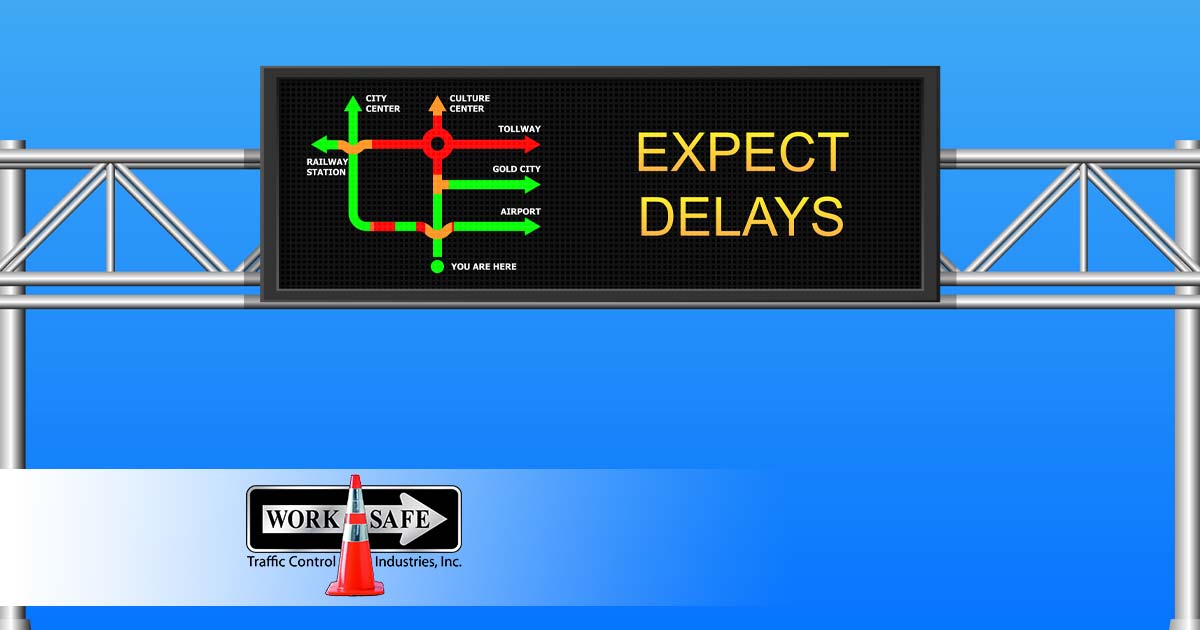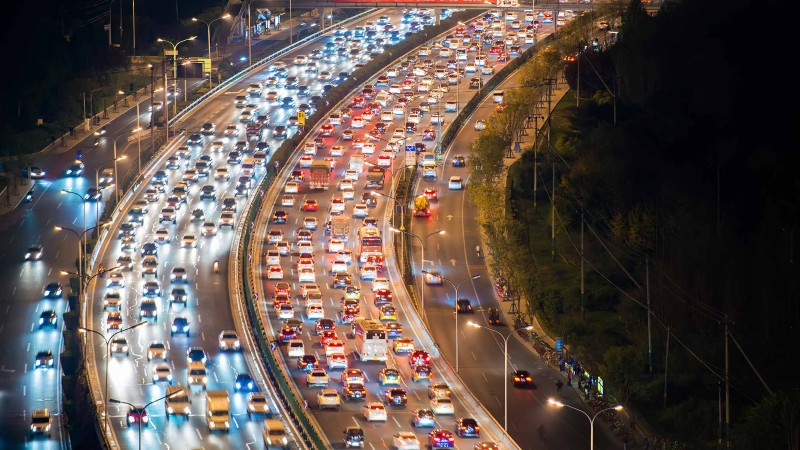
Every driver has experienced the hectic feeling of getting stuck in a traffic jam. Unfortunately, these sudden stops are rapidly increasing due to the overcrowding of vehicles on the roads. Real-time traffic information is essential in that it helps improve the suggested route on the current event, saves time, and reduces driver’s stress.
Based on this traffic information, the fastest and best route is monitored while you are driving. Real-time traffic information is vital to the safety and livelihood of many metropolitan municipalities. Transportation departments and cities depend on real-time information for their daily operations.
Congestion is, however, unavoidable on the roads that many of us use. Traffic jams may be very frustrating if the coordination and timing between road signals is not optimized.
What Causes Traffic Jams?
You are urgently needed somewhere, and are travelling quickly along the highway, and then suddenly, traffic seems to come to a standstill. Shortly, it begins to move as suddenly as it had stopped, and the road opens magically. The fact is that becoming part of the sudden jam may be increasingly dangerous.
Some causes of sudden vehicle stops include:
Fewer Roads, More People
The number of vehicles on the roads is rapidly increasing, and the road users are increasing, far outnumbering the available roadways. In 1980 and 1999, the number of highway miles increased by 1.5 percent while the number of miles traveled by the average driver rose by 76 percent. This sharp increase in the demand, and slow increase in the overall supply of available roadway, has led to more traffic jams, and more traffic accidents.
According to the Federal Highway Administration, this is not only affecting the city dwellers, but it’s also becoming an increasingly common issue in some small towns and rural areas.
Temporary Congestion
Temporary flow disruptions are the typical cause of around half of the slowdowns experienced. Examples include:
- A construction zone that causes a bottleneck
- Extreme weather conditions that affect drivers’ ability to drive safely
Recurring Congestion
Many drivers experience multiple road delays every other week, which occur whenever vehicles overcrowd the roadway during certain daytime hours, such as after during workdays, rush hours, or weekends. It’s inevitable you will get stuck in these delays since your schedule is the same as those of other road users.
However, real-time information allows you to assess the levels of congestion and utilize alternative routes when necessary. These systems also allow the city or state to monitor the traffic flow, and determine where roadways and signals need to be adjusted to meet the demands of users.
Distracted Driving
Whenever a driver uses a phone to text or call during driving, their attention is diverted from the road. This is a major cause of crashes. Most drivers are breaking the law engaging in phone calls or texting while operating their vehicle. They forget that they are endangering their lives as well as those of passengers.
Disrupted driving may also be caused by eating, smoking, grooming, looking at a navigation system, talking to passengers, or drinking—while driving. All of these can lead to a car accident, which will result in congestion as the cars involved are removed from the roadway.
Aggressive Driving and Road Rage
Road rage is another leading cause of accidents in high traffic areas. Overwhelming anger directed to other drivers may lead to tailgating, and other dangerous driving behaviors.
Feelings of frustration may lead to other destructive driving practices that may endanger passengers, road workers, and other drivers.
The majority of us have become victims to these unwarranted driving behaviors. But, we can be part of the solution by remaining calm, and avoiding all careless driving.
Impaired Driving
Driving while under the influence of alcohol, or other substances, caused the death of 10,265 people in 2015. This was 25 percent of the vehicle crash demises in that year. Driving while you are impaired is extremely dangerous to you and the other road users.
It is also important to avoid driving when feeling drowsy. Causes of drowsing include prescription drugs, over the counter medications, and alcohol. Drowsiness leads to decreased accuracy, slower reaction times, lower attention, poor judgment, poor decision-making, and impaired mental processing. Ensure to check any of your medications for the side-effect of drowsiness, and don’t operate your vehicle until you are awake, alert, and sober.

How Navigation Search with Real-Time Information Works
After entering a destination on a navigation search window, the info is sent to the route search server. The server examines the historical analysis and real-time traffic information, which predicts the flow to bring back recommended info back to the car.
Whether you conduct the navigation search request through your car’s navigation system or an external computer terminal, the process is the same. But in terms of capacity and hardware storage, your car’s navigation system may have some limitations. It cannot process or hold country-wide traffic info to find the best route.
On the other hand, computers typically possess a higher computing power, allowing them to process and return country-wide information to get the best route.
Transport Protocol Experts Group (TPEG)
Typically, a TPEG data search outlines each road section between intersections as a ‘link.’ It helps collect information accordingly. Depending on the traffic flow, each link’s traffic is examined and classified as ‘good,’ ‘normal,’ or ‘congested.’ Each road lane sends traffic flow information.
Regardless of whether traffic is moving straight, taking a right or left turn; the vehicle speed differs at each intersection. Since an onboard navigation system cannot process massive data amounts by itself, it relies on data units comprising two or three links.
Navigation search utilizes bits of processed information centrally processed from various car locations to enable the navigation search to continue delivering information seamlessly and to identify the ideal route.
To identify the ideal route for our roads, experts with more special skills, including electronics, engineering, statistics, and mathematics are involved.

